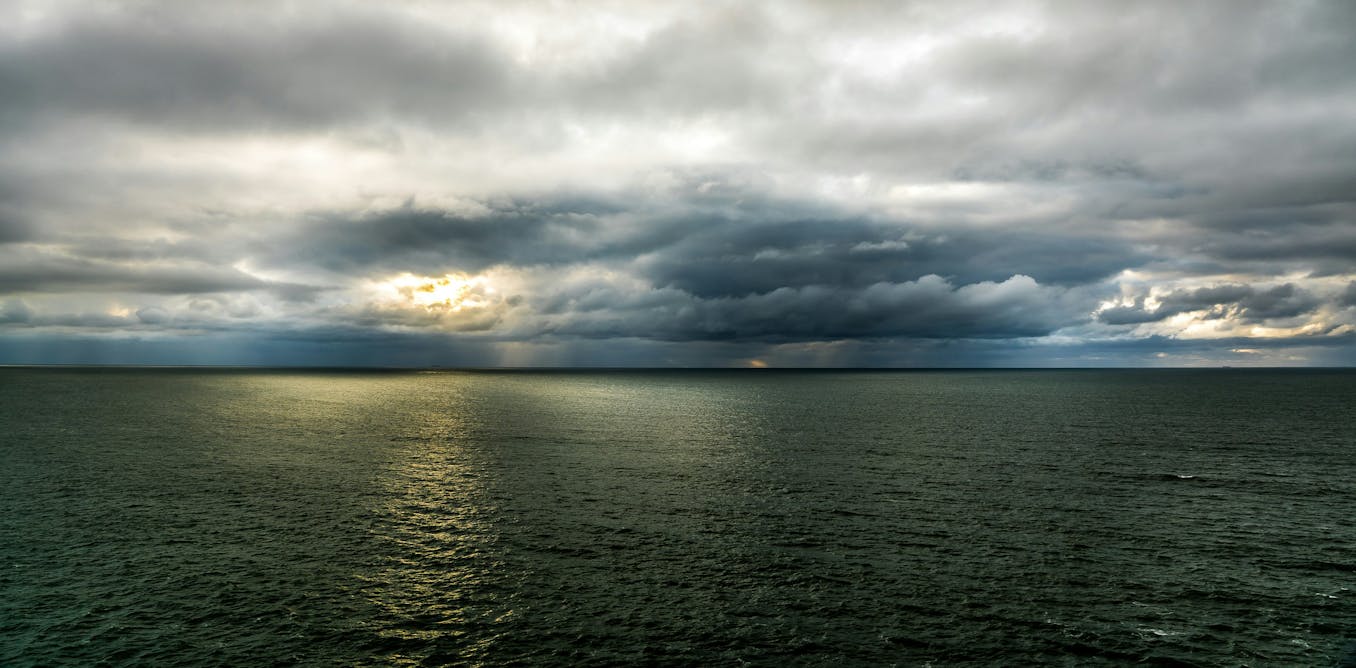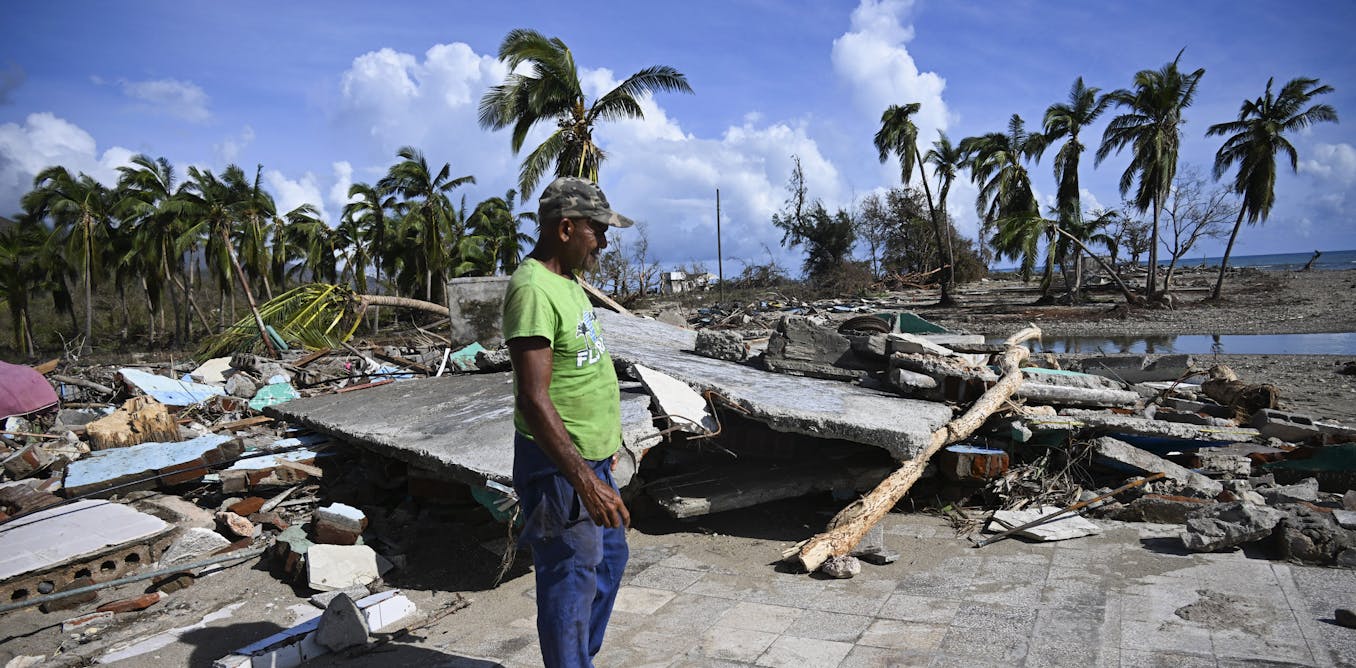This article is part of our exclusive IEEE Journal Watch series in partnership with IEEE Xplore.
The power grid today is in flux as its analog devices go digital. Electrical plants with rotating generators are giving way to solar and wind farms fronted by power inverters, which convert the renewables’ DC-out into the grid’s AC-in. And, on the consumption side, inverter-coupled devices including electric vehicles and variable-speed heat pumps represent a rising share of demand. A team at Germany’s Karlsruhe Institute of Technology (KIT) has produced the most comprehensive assessment to date examining whether this growing digitization of the grid is eroding reliability—and how to anticipate and avoid future problems.
“In the scientific literature, you often read that renewables will cause some sort of problems, and so we need to work on their integration. I wanted to know whether it was real,” says Jan Wachter, a doctoral student and research associate at KIT’s Institute for Automation and Applied Informatics.
There’s no evidence that inverters are plunging civilization into a dystopian dark age. Most blackouts are still caused by extreme weather.
It’s an important question, not least given some politicians’ proclivity to use fear of blackouts to try to hold back the transition away from fossil fuels.
Since there’s no official global tracking of major grid faults, Wachter started by scraping various databases to assemble his own list, documenting 33 incidents from 2003 to 2023. Next he and his coauthors examined what role, if any, inverters played. Their report, published late last year in the IEEE Open Journal of Power Electronics, found no evidence that the inverter invasion is plunging civilization into a dystopian dark age. Most blackouts, says Wachter, are still caused by extreme weather.
More scientifically interesting are the thought experiments that the KIT team ran next on the 33 incidents. For each, they considered how a future grid with higher inverter penetration might respond during a similar incident. They also examined whether inverter-based resources might counteract blackout mechanisms such as cascading failures that have plagued grids for decades.
Researchers studied a range of power-grid incidents and then categorized their impacts [abbreviations]. Incidents involving inverters [orange] primarily caused oscillations and other power-quality issues [PQ]. The remaining incidents [blue] were more likely to impact transmission equipment [TN] and power generators [PG]. KIT/IEEE
“If we’re rebuilding our grids, it provides an opportunity to make things better. We’re spending a lot of money. We should take the chance to do this,” says Wachter.
The primary difference between the power plants and electric loads of the past century and those interfaced via inverters is how intimately they couple to the grid. Most rotating generators and machines are physically coupled to the grid’s electromagnetic oscillations….
Read full article: Studying Yesterday’s Blackouts to Head Off Tomorrow’s

The post “Studying Yesterday’s Blackouts to Head Off Tomorrow’s” by Peter Fairley was published on 02/14/2024 by spectrum.ieee.org

































